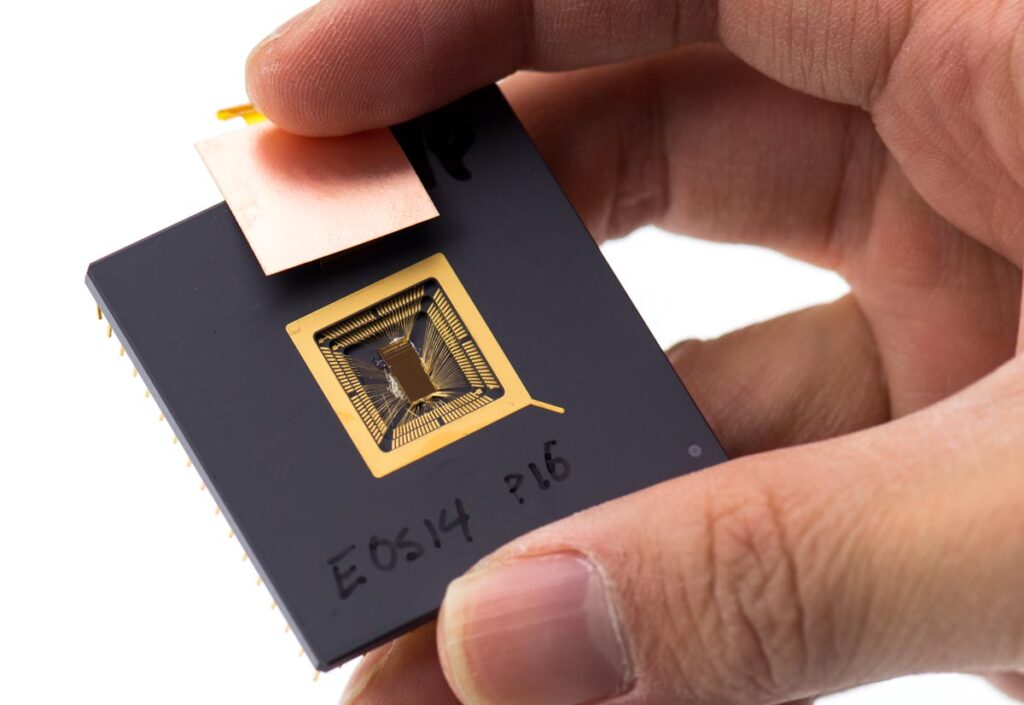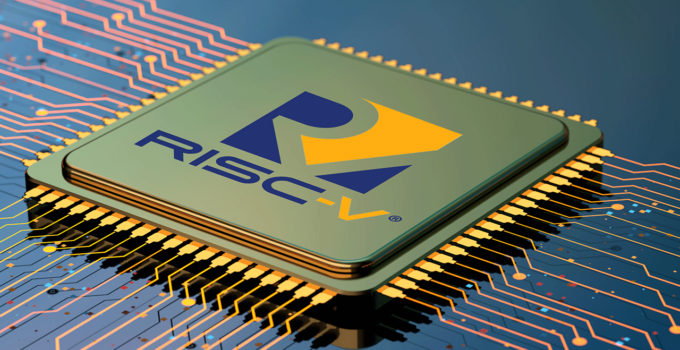Google Teams Up with Qualcomm to Bring Android Support to RISC-V Devices by 2024. Google is gearing up Android for RISC-V in 2024, in a collaboration with Qualcomm announced mid-October, setting the stage for RISC-V’s entrance into the wearable technology sphere through Wear OS devices. Qualcomm is set to manufacture a System on Chip (SoC) that is likely to power future Wear OS devices using RISC-V architecture chips.
Apple Watch’s Android Adventure: The Collaboration That Almost Was
RISC-V, an open-source alternative to the ARM instruction set, doesn’t require the purchase of licenses for use, distinguishing itself in the semiconductor industry.
The interest in RISC-V is widespread, even drawing attention from tech giants like Apple. Google’s latest announcement reveals plans for Android AOSP (Android Open Source Project) to support RISC-V, providing full source code and resources necessary for the development, customization, and distribution of Android versions.

In a detailed blog post, Google shared that Android AOSP already accommodates RISC-V chips through certain patches and an emulator known as Cuttlefish. By 2024, Google aims to parallel the support currently available for 64-bit ARM and 64-bit x86 chips, including the development tools tailored for Android.
Google also notes its collaboration with the RISC-V Software Ecosystem (RISE) community, which boasts members like Intel, Nvidia, Qualcomm, Samsung, and others, to hasten the software availability for high-performance, energy-efficient RISC-V cores capable of running sophisticated operating systems across various market segments.
Whether Android will thrive on RISC-V is yet to be seen. ARM chips dominate the Android landscape, while other versions, like those for MIPS, have been discontinued, and x86 smartphones remain a rarity. The shift to a new architecture can be transformative, as seen in Apple’s transitions from PowerPC to Intel and later to ARM chips. Yet, it’s not always a smooth transition—Microsoft’s ARM offerings, for instance, haven’t met with the anticipated success.
Currently, no RISC-V systems match the top-tier ARM solutions in power, but with major industry players backing the technology, the landscape could significantly change.



